Can you microwave cardboard? Experts and chefs share whether it's safe, and what to do instead
Much of our food comes in cardboard packaging, but how safe is it to reheat it in the microwave?
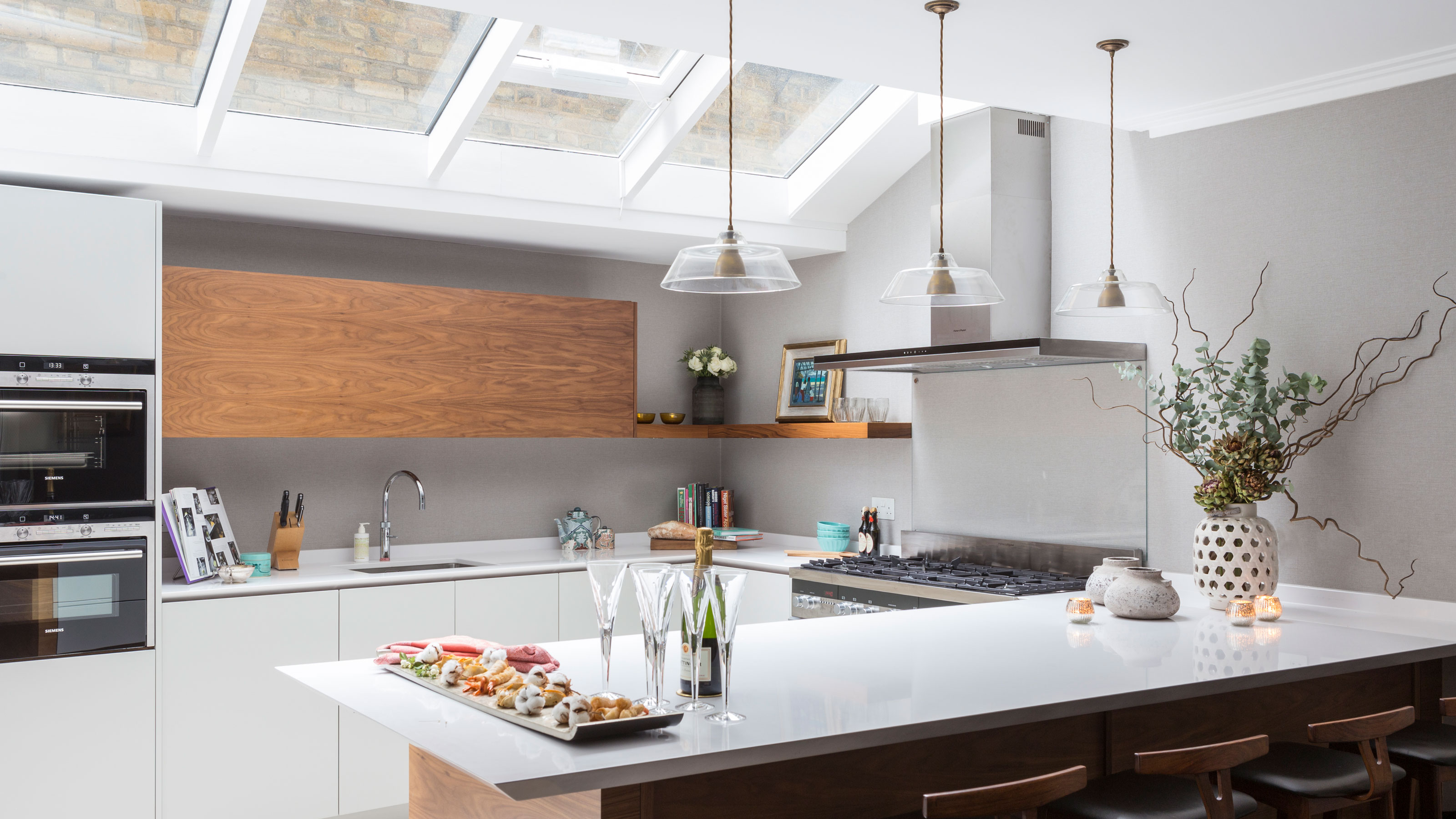
Microwaving cardboard might seem like a quick, convenient way to reheat food. You might've even done so in the past without anything going wrong. But is it actually safe to microwave cardboard containers?
Cardboard is made of paper fibers and flammable, meaning microwaving it leaves your kitchen open to a fire risk. Before attempting to microwave anything in a cardboard container, make sure you understand the risks involved, as our electrical and cooking experts warn.
Microwaves produce an extremely high heat, so cardboard should go onto the list of kitchen items you can't microwave. Here's what the experts have to say.
Can you microwave cardboard?
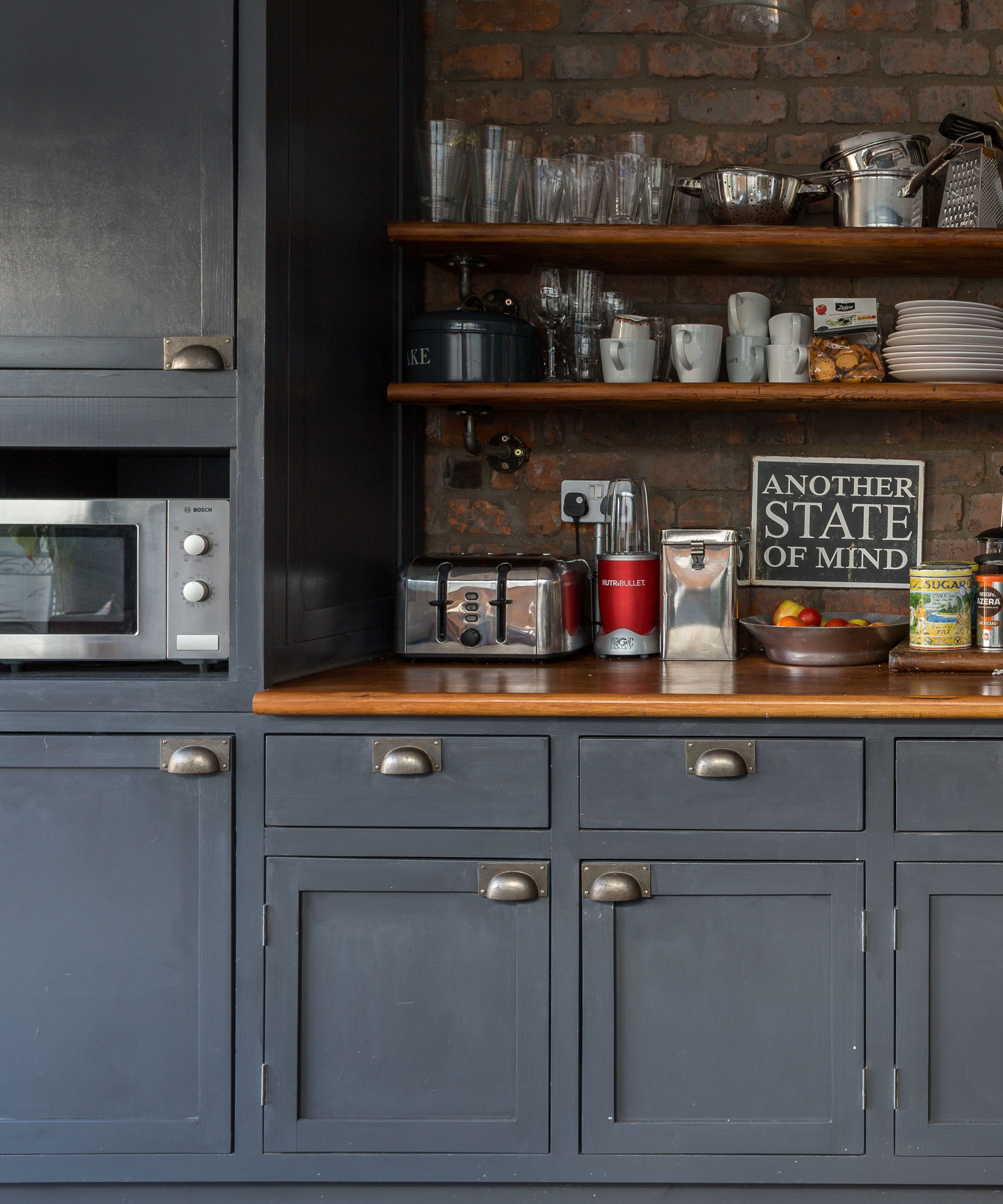
In short, no. Cardboard's composition includes some flammable materials which, if exposed to the high heats food and liquid reach when being microwaved, could ignite.
'As an industry expert focused on machinery solutions for over 25 years, I know cardboard and microwaves do not mix well,' warns Todd Cleppe, executive engineer at CFAB. 'The coatings and materials frequently found in food packaging and containers will ignite quickly under intense, focused microwave heat.'
Dennis Littley, chef of more than 40 years and owner of Ask Chef Dennis, adds, 'Cardboard is made from paper fibers, and when exposed to high heat can become a fire hazard if it gets too dry. If the cardboard has plastic coatings, waxes, or inks, which a lot of food packaging does, then you might also be dealing with some sketchy chemicals leaching into your food.'
The food inside the cardboard container also poses a fire risk as Al Fouz, owner of Abaco Air Experts, highlights. Al says, 'Pizza boxes are especially dangerous since they frequently contain grease residue. If the cardboard does catch fire, the flames can spread rapidly even after removing it from the microwave.'
Are some cardboard food packages safe to microwave?
There are some types of cardboard packaging that are designed to be microwave-safe. '[Certain types of cardboard] are often designed with microwaving in mind, and they can handle the heat without causing too many problems,' says Dennis, but you should only do so if the packaging specifically states that it's microwave-safe. If it doesn't, it likely hasn't been treated to be able to withstand high temperatures.
Instead, transfer the food to a microwave-safe container or dish and place a microwave-safe plate cover available at Target, to avoid food splatter. 'The risks of damage or injury are simply too great, no matter how convenient microwaving the cardboard packaging may seem,' Todd says, so make sure you read the instructions.
If you're running low on microwavable food containers, here are some low-priced and reliable options.
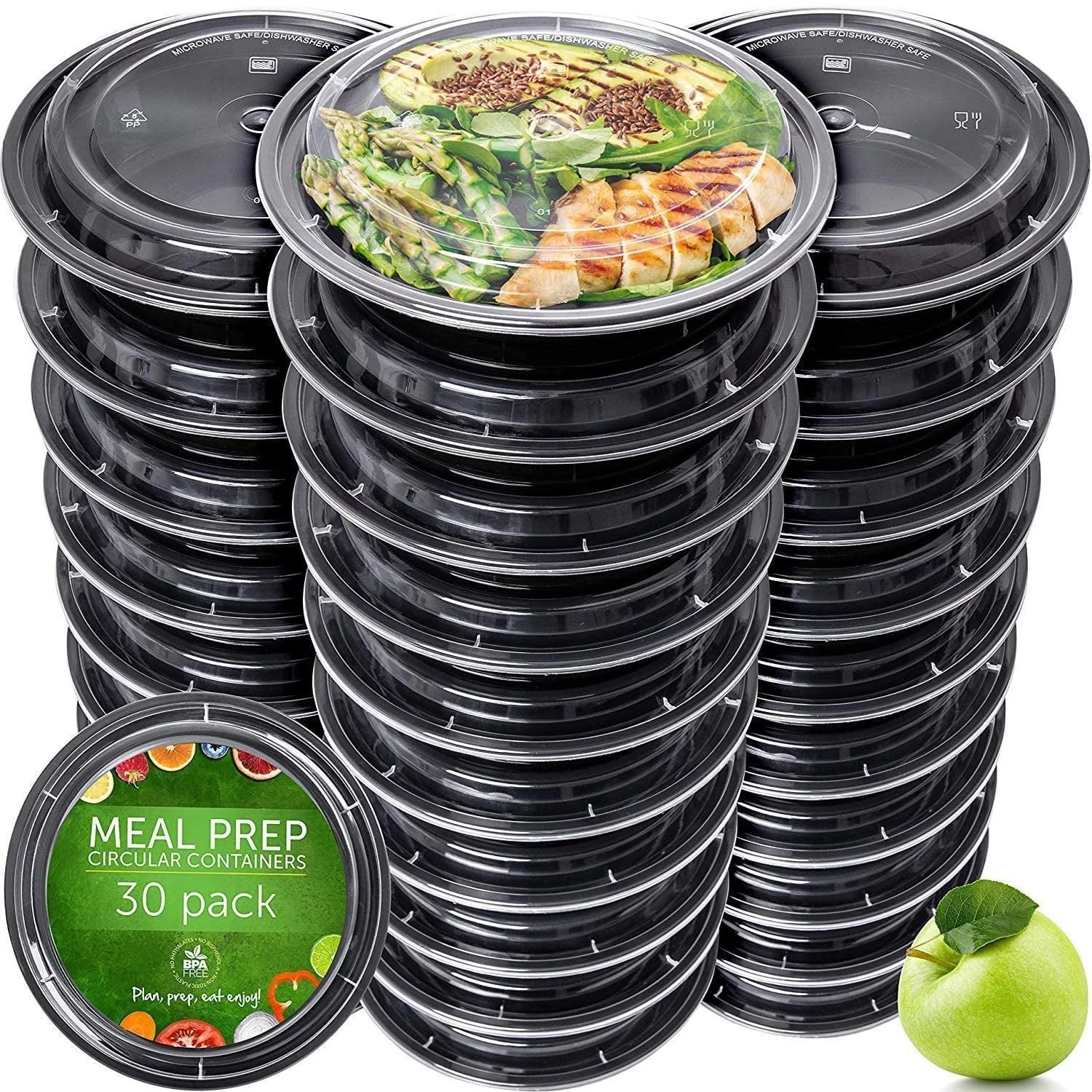 Meal prep
Meal prep
You can get a pack of 30 microwave-safe, freezer-safe and dishwasher-safe food containers that are perfect for meal prep, negating the need to use cardboard.
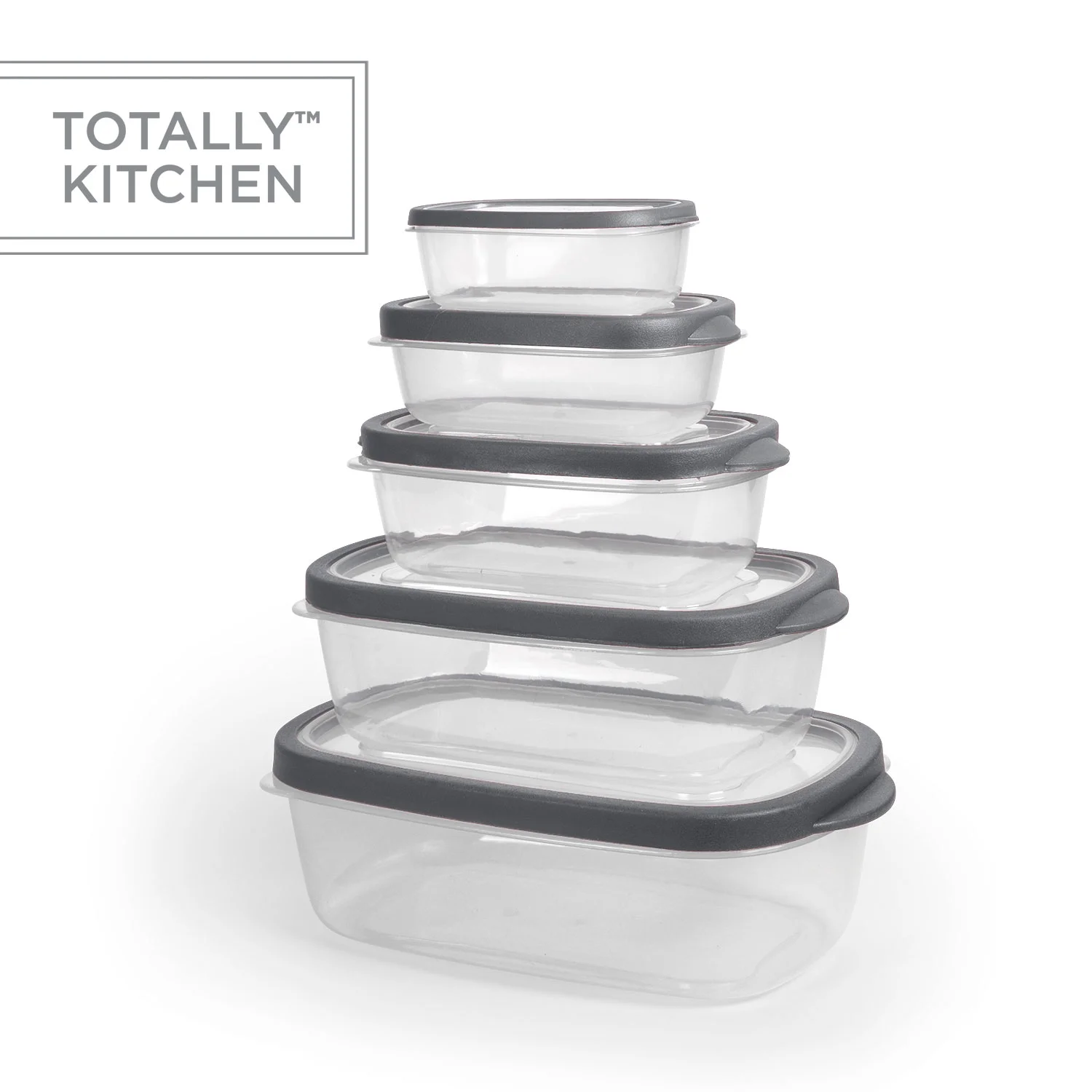 Durable
Durable
These leak-free and microwavable food containers are perfect for long-term storage of any foods, stocks and leftovers.
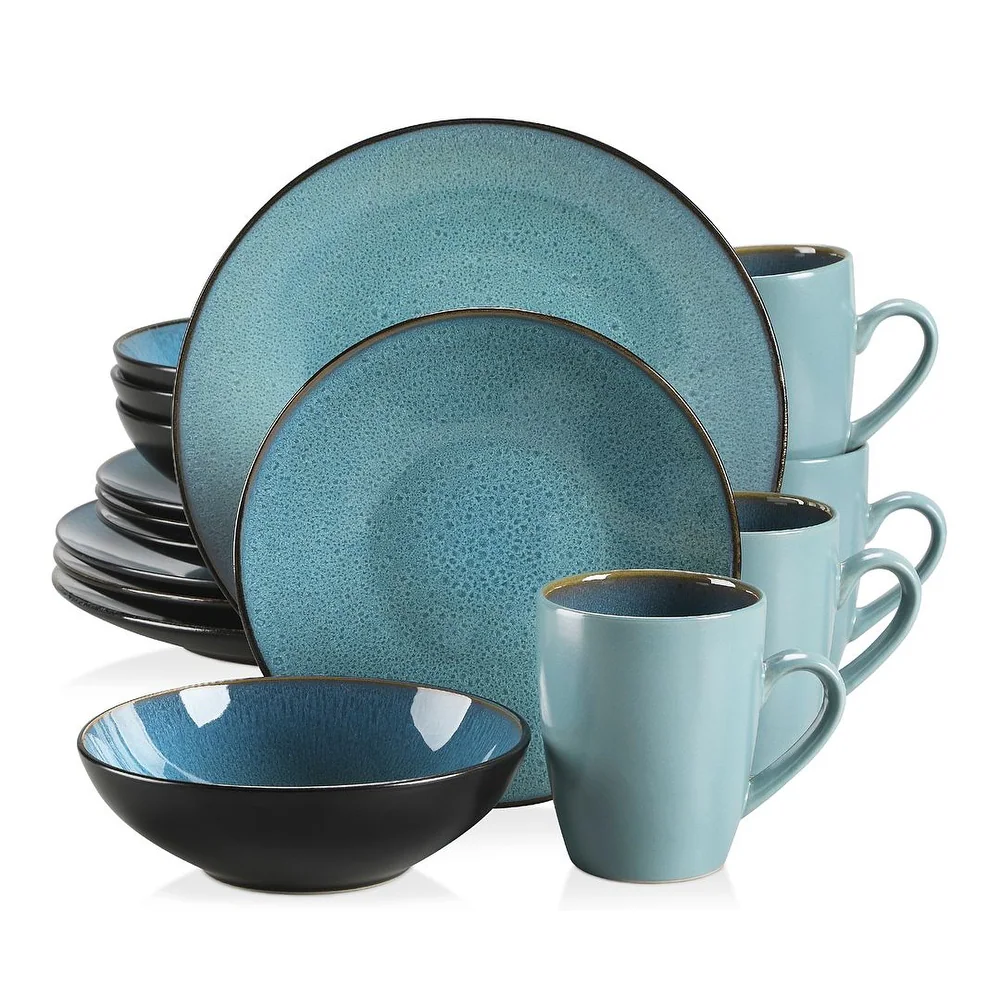 Dinnerware
Dinnerware
If you're running low on microwavable dishes, it might be time to stock up on a new dinnerware set, such as this 16-piece, hand-crafted Vancasso set.
Next, find out whether microwaves are bad for you.
Sign up to the Homes & Gardens newsletter
Design expertise in your inbox – from inspiring decorating ideas and beautiful celebrity homes to practical gardening advice and shopping round-ups.

Dan is the Home Tech Editor for Homes & Gardens, covering all things cleaning, smart home, sound and air treatment across the Solved section. Having worked for Future PLC since July 2023, Dan was previously the Features Editor for Top Ten Reviews and looked after the wide variety of home and outdoor content across the site, but their writing about homes, gardens, tech and products started back in 2021 on brands like BBC Science Focus, YourHomeStyle and Gardens Illustrated.
They have spent more than 200 hours testing and reviewing vacuums for Homes & Gardens, and have even visited Dyson's engineering labs for the full low-down of the ins and outs of our trusty cleaners.
Dan has a BA in Philosophy and an MA in Magazine Journalism. Outside of work, you'll find them at gigs and art galleries, cycling somewhere scenic, or cooking up something good in the kitchen.
-
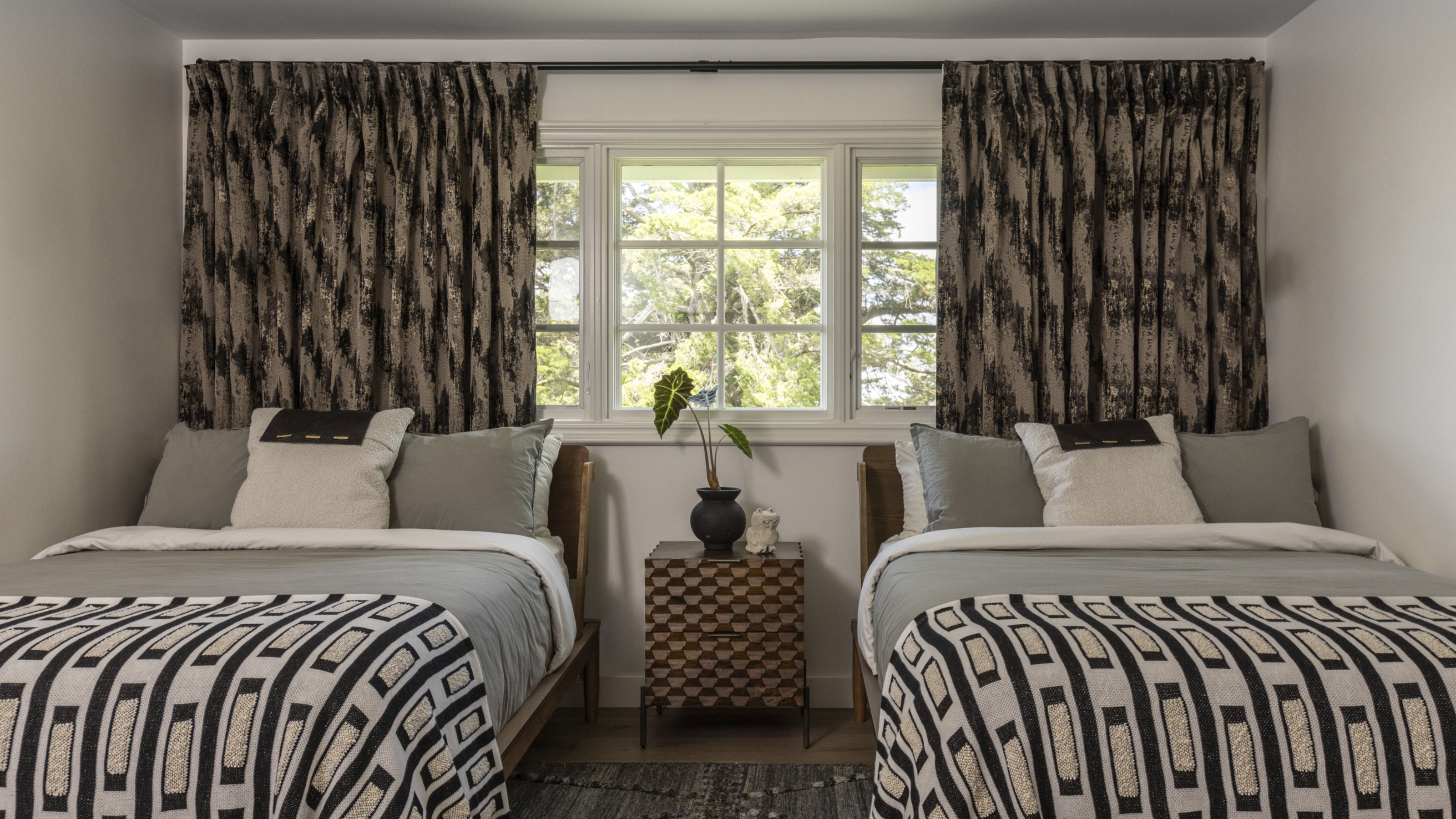 The biggest curtain trends to follow in 2025 – 8 key looks to shop that will instantly elevate your rooms
The biggest curtain trends to follow in 2025 – 8 key looks to shop that will instantly elevate your roomsThese are the colors, styles, and materials to embrace in your windows this year if you want desirable drapes, plus our favorite places to shop the trends
By Lilith Hudson
-
 Reese Witherspoon upgraded a small corner into a cozy reading nook – designers say you can replicate her 'ultimate little escape' (from $18)
Reese Witherspoon upgraded a small corner into a cozy reading nook – designers say you can replicate her 'ultimate little escape' (from $18)'It’s all about comfort, calm, and just the right amount of cozy': You only need three things to follow Reese's example – and it's not only for book lovers
By Megan Slack
-
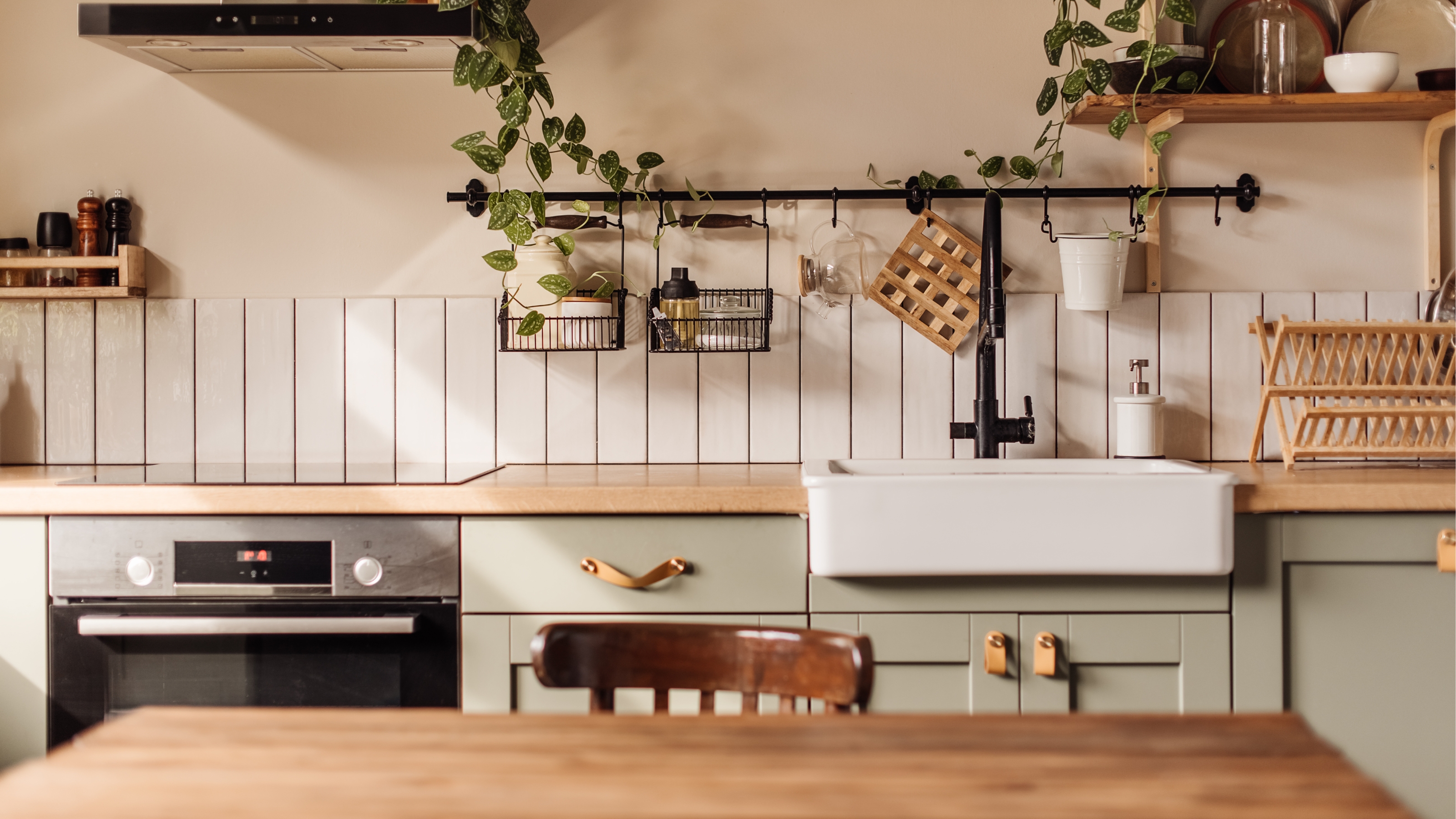 How to wrap kitchen cabinets yourself – to get a fresh look for less
How to wrap kitchen cabinets yourself – to get a fresh look for lessLearn to wrap kitchen cabinets to quickly transform the look and feel of your kitchen. Here the experts tell you how
By Steve Jenkins
-
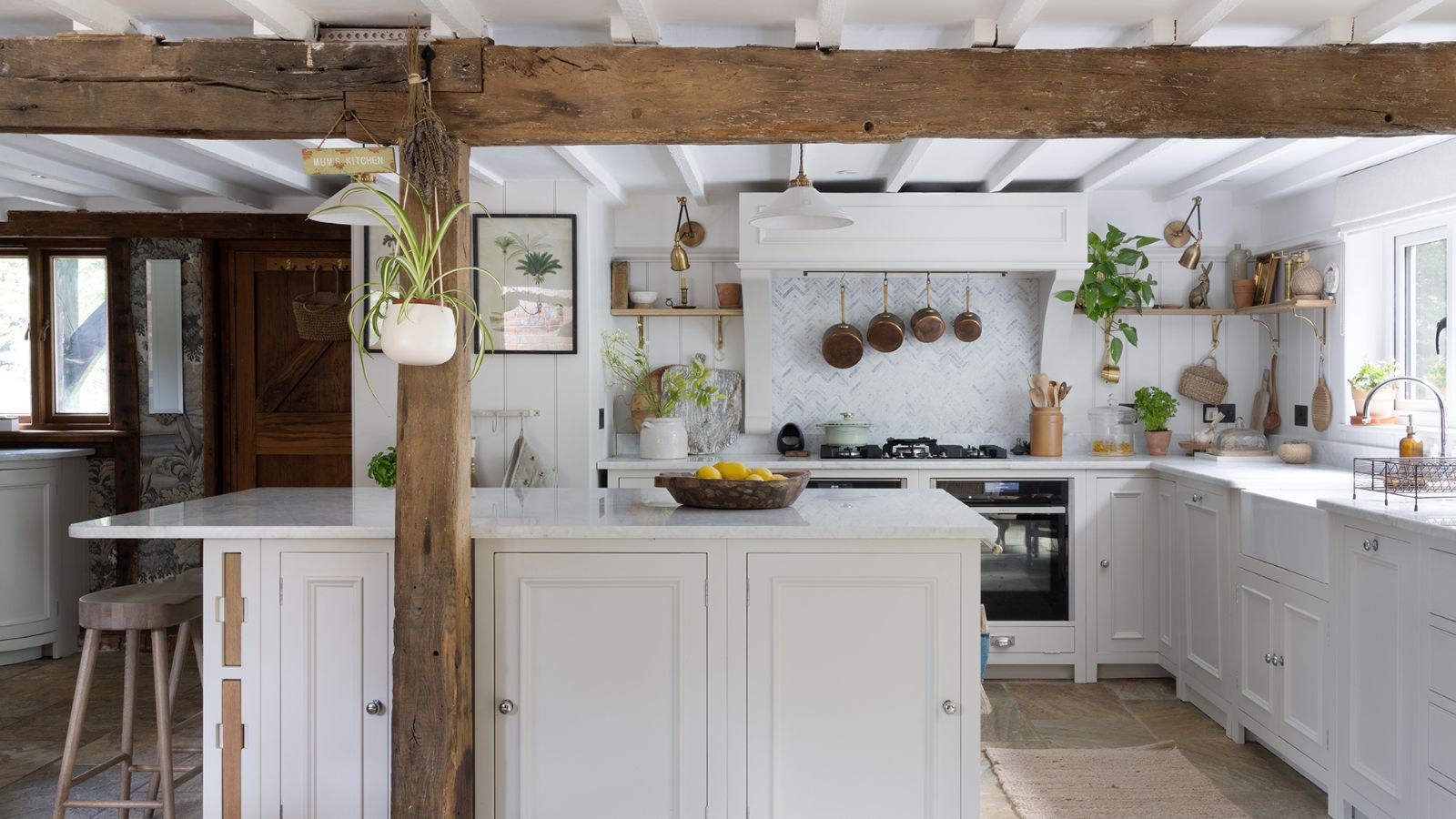 Should you buy a used kitchen? Experts weigh up the pros and cons
Should you buy a used kitchen? Experts weigh up the pros and consPurchasing a preloved kitchen for your home renovation could save you some serious money, but it's not without its potential pitfalls
By Thomas Litten
-
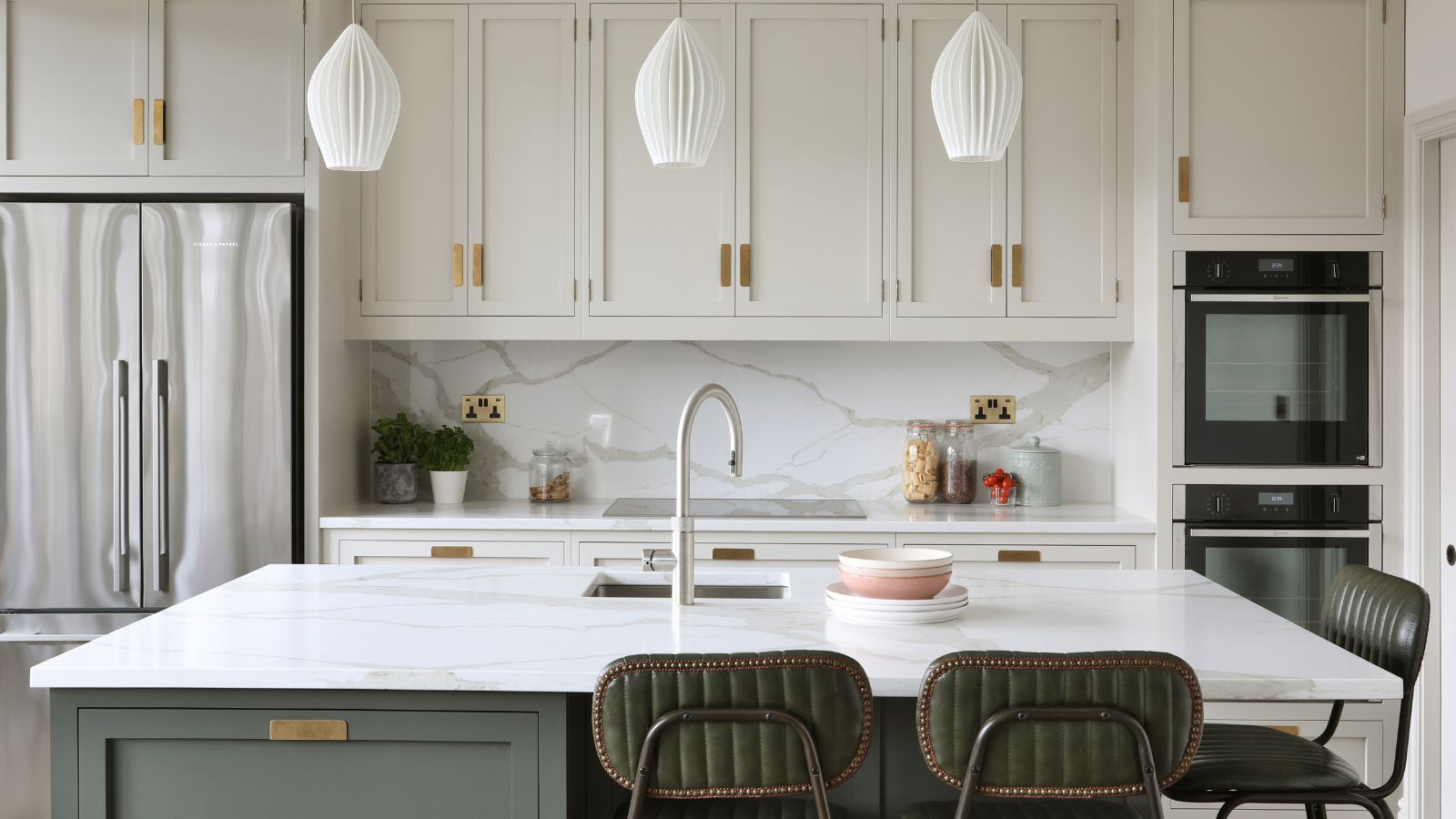 Keep your ceramic cooker top looking like new with these 5 expert cleaning tips
Keep your ceramic cooker top looking like new with these 5 expert cleaning tipsTake control of your ceramic cooker top cleaning with these easy to follow pro must-know secrets
By Steve Jenkins